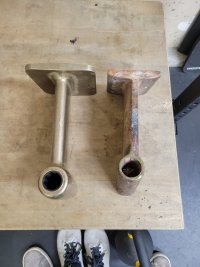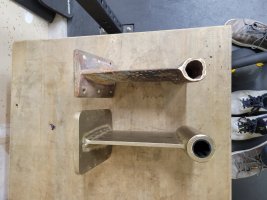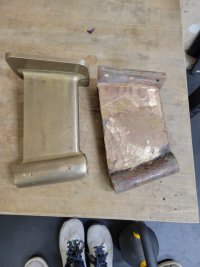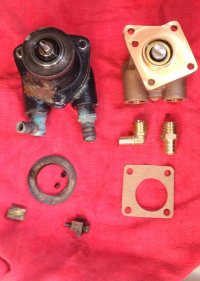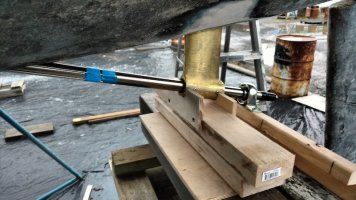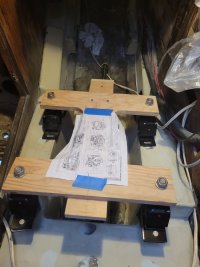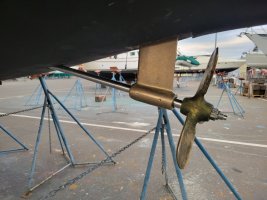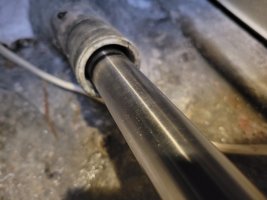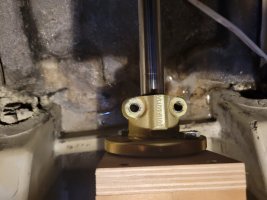I just spoke with Pete from Port Townsend foundry and the strut is ready to be picked up. He confirmed that struts are made from Manganese Bronze (I was incorrect above listing it as Manganese Aluminum Bronze) for the reason listed above. The alloy is apx 25% zinc, so it's important to install a zinc anode to avoid dezincification.
My wife was pretty jealous of my trip to Port Townsend last week, so I asked Pete if a weekend pickup was possible and it sounds like we're going to make it work. It doesn't get much better than PT Foundry.
My wife was pretty jealous of my trip to Port Townsend last week, so I asked Pete if a weekend pickup was possible and it sounds like we're going to make it work. It doesn't get much better than PT Foundry.


